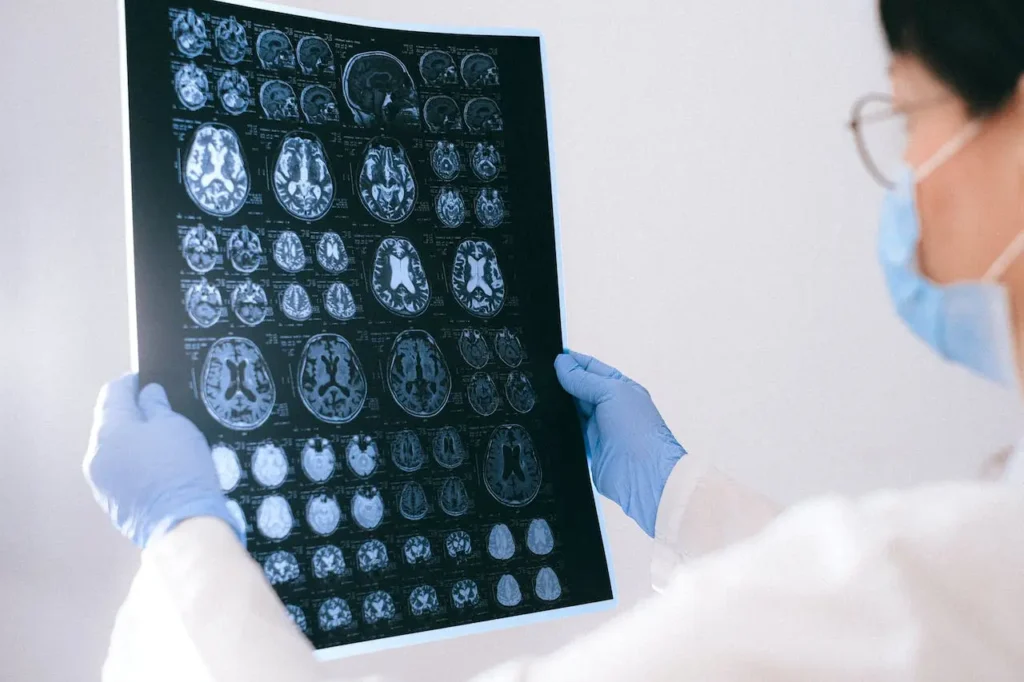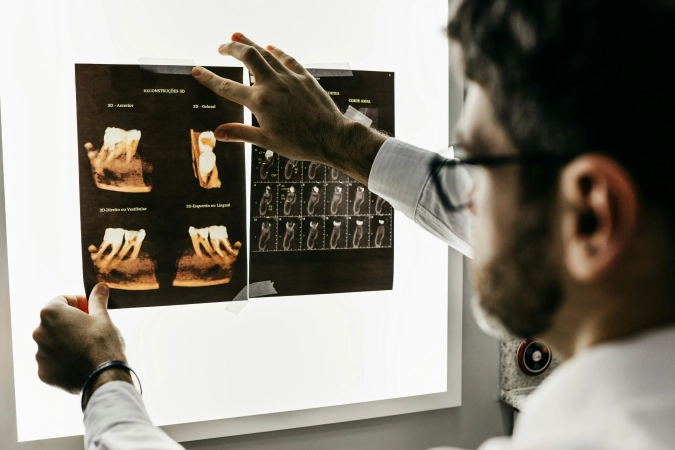Demystifying Follicular Lymphoma Blood Cancer
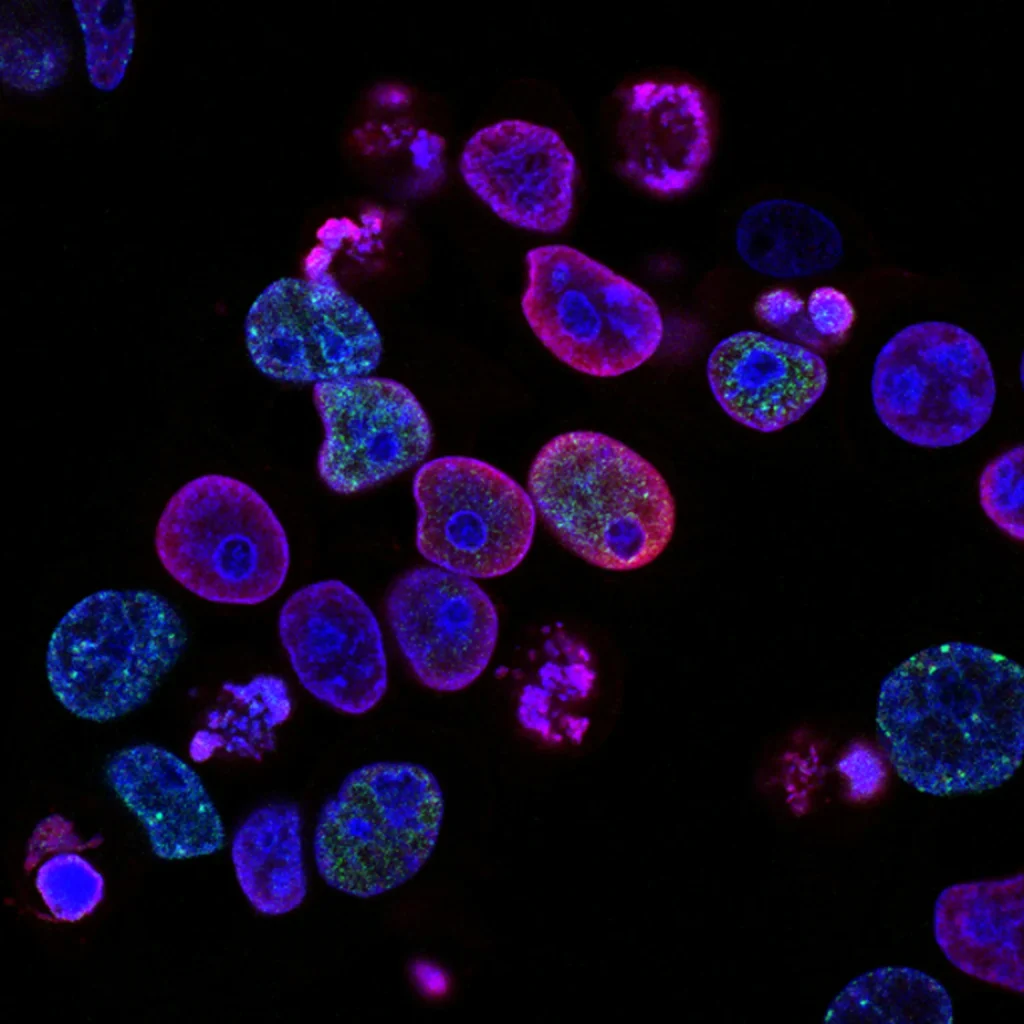
- Introduction to Follicular Lymphoma
- What It Is Follicular Lymphoma and How It Develops
- Types and Subtypes of Follicular Lymphoma
- Characteristics of Follicular Non-Hodgkin’s Lymphoma:
- Early Detection of Follicular Lymphoma Symptoms
- Diagnosis and Staging of Follicular Lymphoma
- Treatment Options for Follicular Lymphoma
- Prognosis and Survival Rates for Follicular Lymphoma
- Living with Follicular Lymphoma: Coping Strategies and Support
- Care Tips for Someone with Follicular Lymphoma
- Research and Advancements in Follicular Lymphoma Treatment
- Difference between Hodgkin’s and Non-Hodgkin’s Lymphoma
- Conclusion: Hope and Resources for Those Affected by Follicular Lymphoma
- Sources and Support:
- Frequently Asked Questions (FAQs)
Introduction to Follicular Lymphoma
This post may contain affiliate links, meaning I may earn a commission if you make a purchase, at no extra cost to you. I only recommend products I trust. Thank you for your support.
Follicular lymphoma also known as follicular non Hodgkin’s lymphoma is a type of blood cancer that affects the lymphatic system, which is a part of the body’s immune system. It is one of the most common types of non-Hodgkin’s lymphoma, accounting for about 20% of all cases.
Follicular lymphoma is characterized by the abnormal growth of lymphocytes, a type of white blood cell, in the lymph nodes and other lymphoid tissues.
What It Is Follicular Lymphoma and How It Develops
Follicular lymphoma originates from a specific type of white blood cell called B-lymphocytes or B-cells. These cells play a crucial role in the body’s immune response by producing antibodies to fight against infections. In follicular lymphoma, these B-cells undergo genetic mutations that cause them to grow and divide uncontrollably, forming tumors in the lymph nodes and other parts of the body.
The exact cause of follicular lymphoma is still unknown. However, certain risk factors have been identified, such as age, gender, and family history. The disease is more commonly diagnosed in people over the age of 60, and it is slightly more prevalent in women than in men. Additionally, individuals with a family history of lymphoma or other blood cancers may have an increased risk of developing follicular lymphoma.
Types and Subtypes of Follicular Lymphoma
Follicular lymphoma can be classified into different types and subtypes based on various factors, including the appearance of the cancer cells and their behavior. The two main types of follicular lymphoma are indolent and aggressive.
- Indolent follicular lymphoma, also known as low-grade follicular lymphoma, is the most common type. It grows slowly and often remains asymptomatic for a long time.
- Aggressive follicular lymphoma, on the other hand, grows rapidly and requires immediate treatment.
Other subtypes include grade 1, grade 2, and grade 3 follicular lymphoma, which are based on the appearance of cancer cells under a microscope.
Characteristics of Follicular Non-Hodgkin’s Lymphoma:
- Distinctive Appearance: Under a microscope, the cancerous cells of follicular lymphoma exhibit a unique appearance, forming nodular structures called follicles. These structures are instrumental in identifying this specific subtype.
- Slow Growth (indolent): Follicular lymphoma is known for its relatively slow growth compared to some other forms of lymphoma. This characteristic often influences the approach to treatment and management.
- Asymptomatic or Mild Symptoms: In some cases, individuals with follicular lymphoma may remain asymptomatic, especially during the early stages. When symptoms do present, they might include painless swelling of lymph nodes, unexplained weight loss, fatigue, night sweats, and itching.
Early Detection of Follicular Lymphoma Symptoms
In the early stages, follicular lymphoma may not cause any noticeable symptoms. However, as the disease progresses, some common symptoms may appear. These can include enlarged lymph nodes, which are often painless, persistent fatigue, unexplained weight loss, night sweats, and recurrent infections.
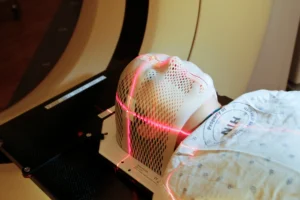
Early detection is crucial for successful treatment. If you experience any persistent or unexplained symptoms, it is important to consult your healthcare provider. They may perform a physical examination, order blood tests, or recommend imaging tests, such as CT scans or PET scans, to assess the lymph nodes and other affected areas.
Diagnosis and Staging of Follicular Lymphoma
To confirm a diagnosis of follicular lymphoma, a biopsy is usually performed. This involves the removal of a small sample of tissue from an enlarged lymph node or affected area, which is then examined under a microscope for the presence of cancer cells. Additional tests, such as immunohistochemistry and flow cytometry, may also be conducted to determine the specific characteristics of the cancer cells.
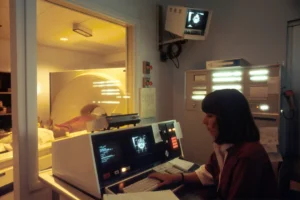
Once diagnosed, follicular lymphoma is staged to determine the extent of the disease and to guide treatment decisions. The most commonly used staging system for lymphomas is the Ann Arbor staging system, which classifies the disease into four stages based on the involvement of lymph nodes and other organs.
Treatment Options for Follicular Lymphoma
The treatment approach depends on various factors, including the stage of the disease, the patient’s overall health, and individual preferences. As an indolent lymphoma, follicular lymphoma is often managed rather than cured. Treatment options may include watchful waiting, chemotherapy, immunotherapy, radioimmunotherapy, radiation therapy, and stem cell transplantation.
Watchful waiting, also known as active surveillance, is a common approach for patients with early-stage or asymptomatic follicular lymphoma. It involves closely monitoring the disease without immediate treatment. If the disease progresses or symptoms worsen, active treatment may be initiated.
Chemotherapy is often used in combination with immunotherapy drugs called monoclonal antibodies. These medications target specific proteins on cancer cells, helping to destroy them or prevent their growth. Radioimmunotherapy combines the use of a monoclonal antibody with a radioactive substance to deliver radiation directly to cancer cells.
Radiation therapy may be recommended for localized disease or to relieve symptoms caused by bulky tumors. Stem cell transplantation, either autologous (using the patient’s own stem cells) or allogeneic (using donor stem cells), may be considered for patients with relapsed or refractory follicular lymphoma.
Prognosis and Survival Rates for Follicular Lymphoma
The prognosis for follicular lymphoma varies depending on several factors, including the stage of the disease, the patient’s age and overall health, and the response to treatment. Indolent follicular lymphoma generally has a good prognosis, with a median overall survival of around 10 years or more. However, the disease is considered incurable, and relapses can occur even after successful treatment.
Several prognostic factors have been identified to help predict the course of the disease and guide treatment decisions. These factors include the stage and grade of the lymphoma, the presence of specific genetic abnormalities, and the patient’s overall performance status.
Living with Follicular Lymphoma: Coping Strategies and Support
A diagnosis of follicular lymphoma can be overwhelming, both physically and emotionally. However, there are coping strategies and support systems available to help individuals navigate through their journey with the disease.
First and foremost, it is important to maintain open and honest communication with your healthcare team. They can provide information, answer questions, and address any concerns you may have about your treatment and prognosis.
Developing coping strategies, such as mindfulness, maintaining a healthy lifestyle, and seeking counseling, can contribute to overall well-being during and after treatment. Additionally, seeking support from family, friends, and support groups can provide emotional and practical assistance.
Care Tips for Someone with Follicular Lymphoma
Managing the symptoms and side effects is an essential part of care. It is important to follow a healthy lifestyle, including a balanced diet, regular exercise, and adequate sleep. Avoiding exposure to infections, practicing good hygiene, and receiving recommended vaccinations can help prevent complications.
It is also crucial to keep regular follow-up appointments with your healthcare provider to monitor the disease and assess the effectiveness of treatment. Be proactive in discussing any new symptoms or concerns that arise during your journey.
Are you looking for a compassionate and experienced caregiver to take care of your loved one? Do not hesitate to contact me here. You can also consider palliative comfort care to emotional support. Seeking guidance from healthcare professionals or Medicaid representatives for the best Medicaid Advantage Plan can help you provide personalized support based on individual circumstances.
Research and Advancements in Follicular Lymphoma Treatment
Significant progress has been made in the understanding and treatment of follicular lymphoma cancer. Ongoing research aims to improve diagnostic techniques, develop targeted therapies, and identify new treatment approaches. Clinical trials are a vital part of this research, offering patients access to innovative treatments and contributing to the advancement of medical knowledge.
It is important for individuals stay informed about the latest research and treatment options. Your healthcare provider can guide you in finding relevant clinical trials or research studies that may be suitable for your specific situation.
Difference between Hodgkin’s and Non-Hodgkin’s Lymphoma
Hodgkin’s Lymphoma and Non-Hodgkin’s Lymphoma are both cancers that originate in the lymphatic system, but they differ in their characteristics and how they behave.
- Hodgkin’s Lymphoma:
- Reed-Sternberg Cells: Hodgkin’s Lymphoma is defined by the presence of Reed-Sternberg cells, large abnormal cells that are not found in Non-Hodgkin’s Lymphoma.
- Predictable Spread: It often follows a more predictable pattern of spreading from one group of lymph nodes to another, making staging and treatment planning more straightforward.
- Non-Hodgkin’s Lymphoma:
- Diverse Group: Non-Hodgkin’s Lymphoma is a diverse group of lymphomas, including various subtypes with distinct characteristics.
- No Reed-Sternberg Cells: Unlike Hodgkin’s, Non-Hodgkin’s Lymphoma does not involve Reed-Sternberg cells.
- Varied Spread: It can arise in different lymph nodes simultaneously and may involve organs outside the lymphatic system.
In simpler terms, the key difference lies in the types of cells involved and how the diseases progress. Hodgkin’s has Reed-Sternberg cells and a more predictable spread, while Non-Hodgkin’s is a diverse group without these specific cells and can be less predictable in its behavior.
Conclusion: Hope and Resources for Those Affected by Follicular Lymphoma
While a diagnosis of follicular lymphoma can be challenging, it is important to remember that there is hope and support available. Advances in research and treatment have improved outcomes for many patients, and ongoing efforts continue to enhance our understanding of the disease.
If you or a loved one is affected by this type of lymphoma, it is essential to seek support from reliable sources. Organizations such as the Lymphoma Research Foundation, the Leukemia & Lymphoma Society, and local cancer support groups can provide valuable information, resources, and a sense of community.
Seeking consultation with follicular lymphoma specialists or hematologist-oncologists who have experience with Follicular Lymphoma is crucial for personalized and up-to-date medical guidance.
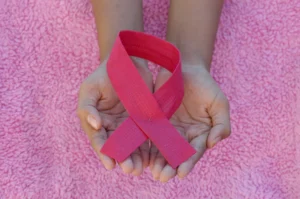
Remember, you are not alone in this journey. With the right medical care, emotional support, and a proactive approach to managing the disease, individuals with follicular lymphoma can live fulfilling lives. Stay informed, stay connected, and stay hopeful.
Have a Blessed Day!
Sources and Support:
- Lymphoma Research Foundation: www.lymphoma.org
- American Cancer Society: www.cancer.org
- National Cancer Institute: www.cancer.gov
- Leukemia & Lymphoma Society: www.lls.org
- Cancer Support Community: www.cancersupportcommunity.org
Learn more about cancer caregiving tips and resources, comfort care or palliative care, hospice care, alzheimer and dementia, PDA in Autism, online nursing programs, respite care, and memory care.
Crohn’s Disease Diet Plan: What to Eat and What to Avoid
Frequently Asked Questions (FAQs)
What is Follicular Lymphoma?
Follicular Lymphoma is a type of non-Hodgkin’s lymphoma, a cancer that originates in the lymphatic system. It specifically affects B-lymphocytes and often grows slowly, with a unique appearance under the microscope characterized by small, round clusters called follicles.
What does Follicular Lymphoma look like?
Under a microscope, Follicular Lymphoma appears as small, nodular structures known as follicles. These follicles are composed of abnormal B-lymphocytes, which are a type of white blood cell. The cancer cells in follicular lymphoma typically have a distinctive appearance.
What is the difference between Hodgkin’s and Non-Hodgkin’s Lymphoma?
The main difference lies in the types of lymphocytes affected. Hodgkin’s lymphoma involves Reed-Sternberg cells, while non-Hodgkin’s lymphoma encompasses various subtypes, each affecting different types of lymphocytes. Additionally, Hodgkin’s often progresses in a more predictable manner than non-Hodgkin’s.
What is Non-Hodgkin’s Lymphoma?
Non-Hodgkin’s Lymphoma is a diverse group of blood cancers that affect lymphocytes, a type of white blood cell. It includes multiple subtypes, each with distinct characteristics. Unlike Hodgkin’s lymphoma, it lacks Reed-Sternberg cells and tends to be more widespread.
Is Follicular Lymphoma curable?
While Follicular Lymphoma is generally considered incurable, many individuals with this type of lymphoma can live with it for an extended period. Treatment aims to control the disease, alleviate symptoms, and improve overall quality of life.
How does Non-Hodgkin’s Lymphoma spread?
Non-Hodgkin’s Lymphoma can spread through the lymphatic system, blood, or both. It may involve multiple lymph nodes and other organs. The spread varies depending on the specific subtype and stage of the disease.
Note: This article is for informational purposes only and should not be taken as medical advice. Consult with your healthcare provider for personalized guidance and recommendations.

